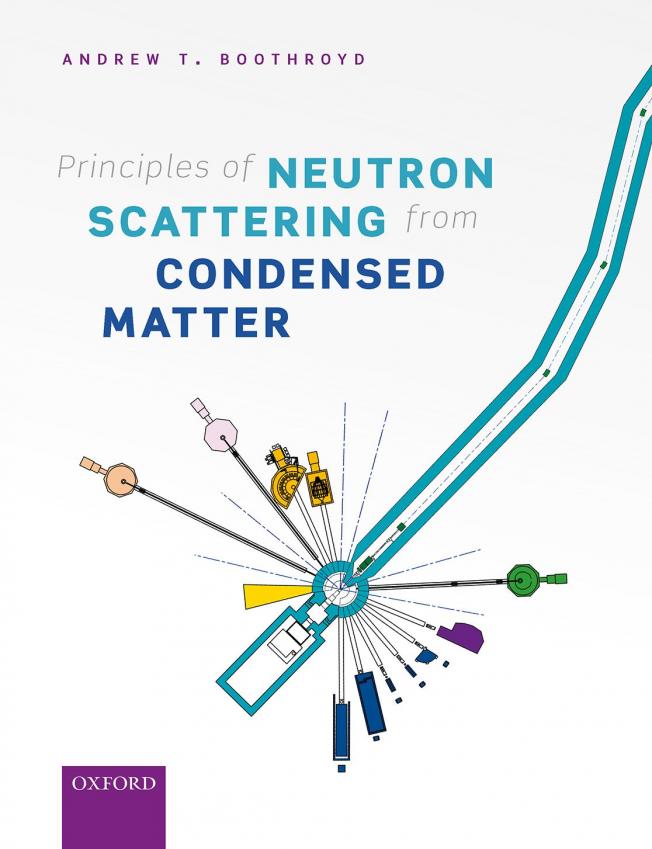Magnetically driven loss of centrosymmetry in metallic Pb2CoOsO6
(2019)
Tuning of the Ru4+ ground-state orbital population in the 4d(4) Mott insulator Ca2RuO4 achieved by La doping
PHYSICAL REVIEW B 99:7 (2019) ARTN 075125
Role of defects in determining the magnetic ground state of ytterbium titanate
Nature Communications Springer Nature 10:1 (2019) 637
Monitoring ultrafast metallization in LaCoO3 with femtosecond soft x-ray spectroscopy
COMMUNICATIONS PHYSICS 2 (2019) ARTN 8


